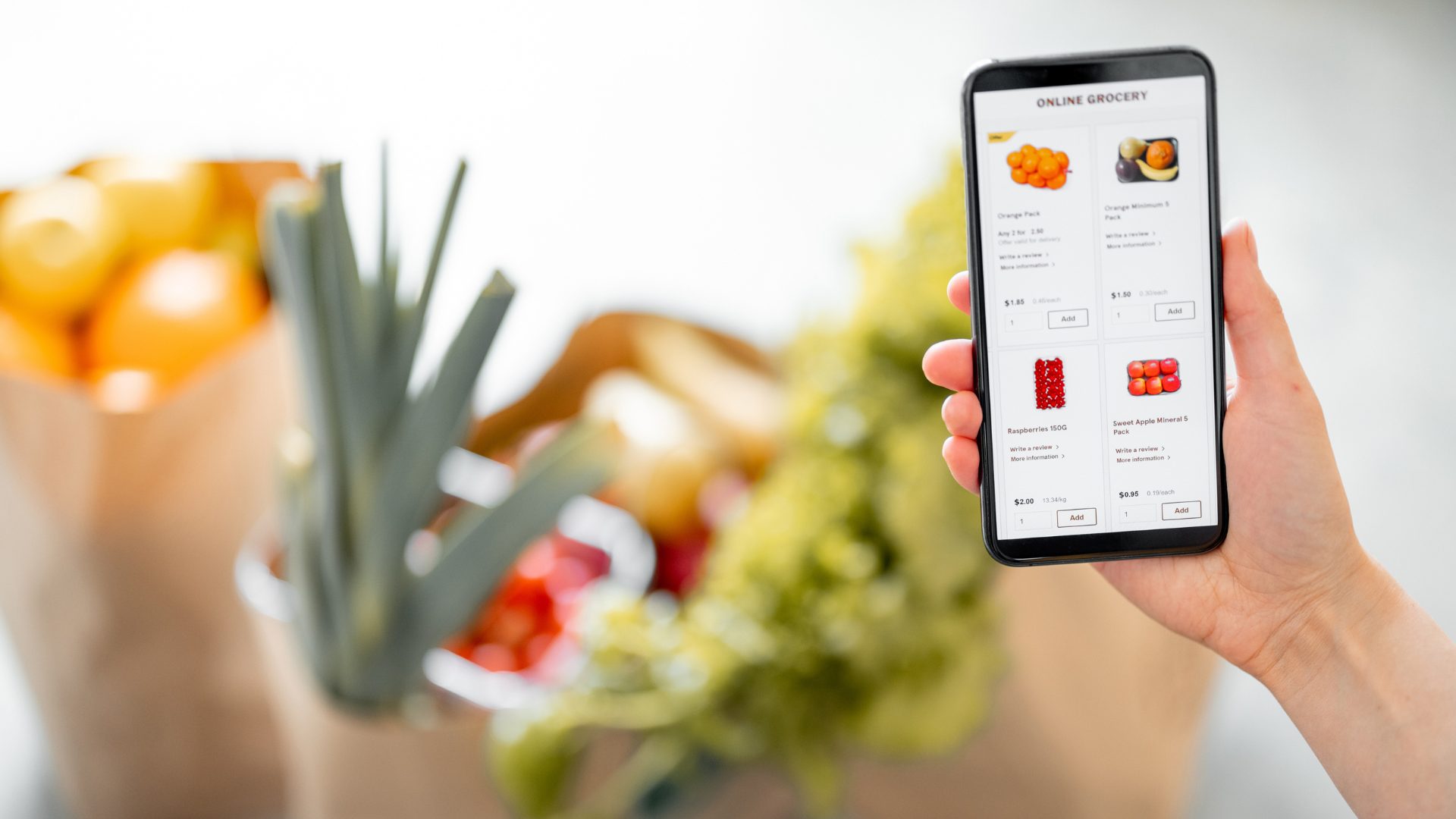In retrospect, it seems so obvious. Of course advertisers, and particularly CPG (consumer packaged goods) companies, wanted to partner with both retailers and third-party delivery companies to promote their brands. There’s no better way to meet consumers literally where they are – whether on an app or in the store – while the rise of ‘Big Data’ and now AI has promised huge improvements on traditional trade spend.
Now that they have the opportunity, those clients are spending big – and fast. In fiscal 2024 (ending January of this year), Walmart Connect, the retail giant’s media business, grew revenue 26%. Growth accelerated to 31% in the first quarter. Uber disclosed at a conference in May that its ad business was growing at a rate of greater than 50%. Albertsons hasn’t detailed a specific rate, but has claimed that its Albertsons Media Collective is growing faster than the industry. Even Dollar General – whose overall execution in recent years has been subpar – said its media volume rose 25% year-over-year in the first quarter.
And these are big businesses. Walmart’s ad business will probably clear $4 billion this year (albeit with some help from last year’s acquisition of television manufacturer Vizio, a move made specifically to boost the ad business.) Target has said Roundel, its advertising business, delivered over $2 billion “in value” last fiscal year. (The odd use of “value” is due to accounting: depending on the contract, some of the benefits of ad sales are actually recorded as a reduction in costs, rather than revenue.)
Instacart’s advertising and other revenue is tracking toward $1 billion this year, through the sale of direct ads and subscription software; Uber’s has already cleared that level. Costco is doing a “few hundred million dollars”, per its CEO – and hasn’t even yet built out a cutting-edge platform.
Across retail and 3P delivery, then, total ad revenues easily are clearing $10 billion annually, and overall growing at something close to a 20% rate. In the context of overall revenue for the group – well over $1 trillion combined, with Walmart alone now near $700 billion in sales worldwide – that sounds like a nice, but hardly transformative, revenue stream.
The ad business is changing business models across industries, because the revenues that come in are so profitable.
Everyone’s Hungry for Retail Media Profits
Incremental margins obviously are extraordinarily high, particularly once platforms like Walmart Connect and Roundel are built out, and so the profit contribution is material to even the biggest players in retail and delivery.
In fact, media now is a part of the business model in each industry at each level. Walmart, unsurprisingly, has said media profits from both the Walmart and Sam’s Club business can go back into the business, further cementing its advantage against peers like Target. Albertsons execs have pointed to media revenue – where the company is playing catch-up – as a way to boost operating margins and competitiveness against the industry’s giants. Instacart’s early moves into advertising, and the success of its broader Instacart Platform, which offers digital solutions for in-store and e-commerce operations, have likely allowed it to hold market share against larger Uber and DoorDash.
Advertising is a part of investors’ calculation, as well. The market no doubt sees Costco’s nascent advertising business as a longer-term complement to membership fee income, and a way to drive consistent profit growth going forward. The fact that Costco stock trades at a far higher multiple to earnings than even Walmart shows investors believe it can outgrow the industry relatively significantly, and the advertising business is almost certainly a key part of that calculation.
Strong performance in both Uber and DoorDash stock despite macroeconomic uncertainty likewise rests at least in part on optimism toward high-margin, fast-growing advertising dollars.
The New Frontier of Retail-Fueled Advertising
The optimism makes some sense. These advertisers already have huge reach: Instacart has 1,800 retailers and 7,000 brands on its platform. DoorDash has over 1,000 independent restaurants, 83 of the top 100 chains, and 21 of the top 25 CPG companies as customers.
More broadly, the fragmentation of the media landscape, and the inability to reach customers en masse outside of live events, likely has freed up ad dollars that might have gone elsewhere.
The sheer amount of data these companies collect, and the power of AI to sift through that data, makes the advertising even more effective for end customers. As DoorDash CFO Ravi Inukonda noted at a conference in May, “Today, merchants spend somewhere between 7% to 10% of their sales on advertising, but they don’t really have sort of an analytical way to spend those dollars.”
That’s perhaps a modern update of the famous quote that “Half my advertising spend is wasted; the trouble is, I don’t know which half”, but it still has an awful lot of truth. Advertising on DoorDash for a small merchant, or on Walmart for a marketplace seller, or on Instacart for an emerging brand, offers not just the ability to reach customers but hugely valuable data on which customers are being reached and how they react. Even as more and more ad dollars move into better-targeted and more analytical approaches, these channels can stand out.
Given the potential for customer success, and the value of advertising businesses to the bottom line, these advertising businesses are likely to keep growing for the foreseeable future.
Investors certainly seem to believe as such: the major names in the space (including Walmart, Costco, and the three leading players in delivery) have handily outperformed the market of late. Advertising businesses aren’t the only reason why – but they’re a big reason why.
About the author: Vince Martin is an analyst and author whose work has appeared on multiple financial industry websites for more than a decade; he’s currently the lead writer for Wall Street & Main. He has no positions in any companies mentioned.
The Food Institute Podcast
It’s a big world out there – what trends are percolating on the global scene? JP Hartmann, director of Anuga, joined The Food Institute Podcast to discuss the intersection of U.S. and international trends and how the Anuga show is one not to miss.










